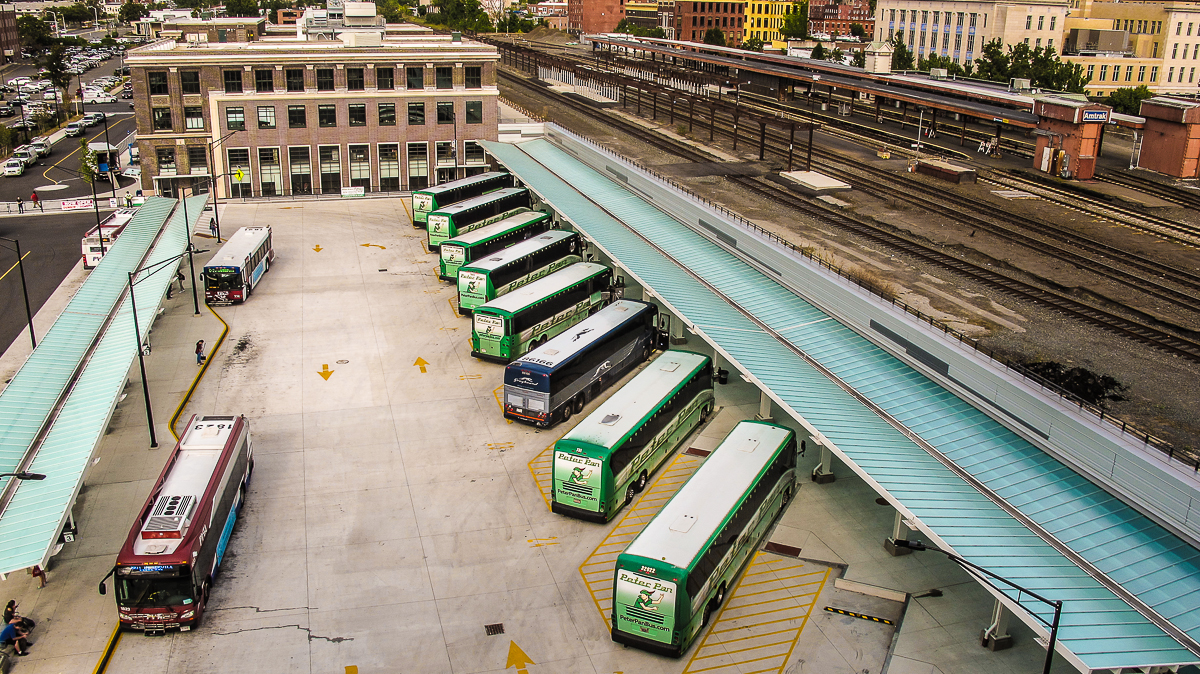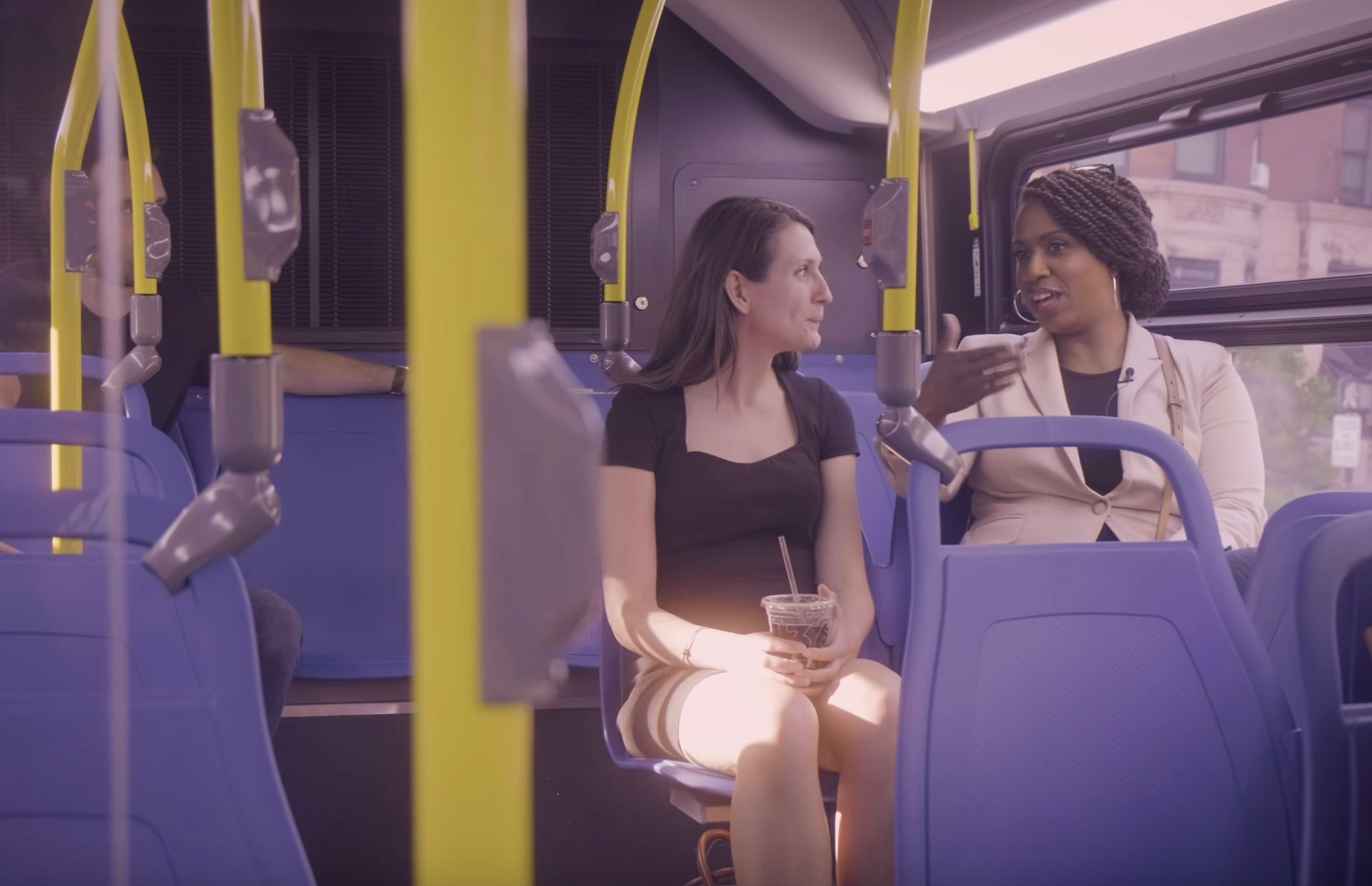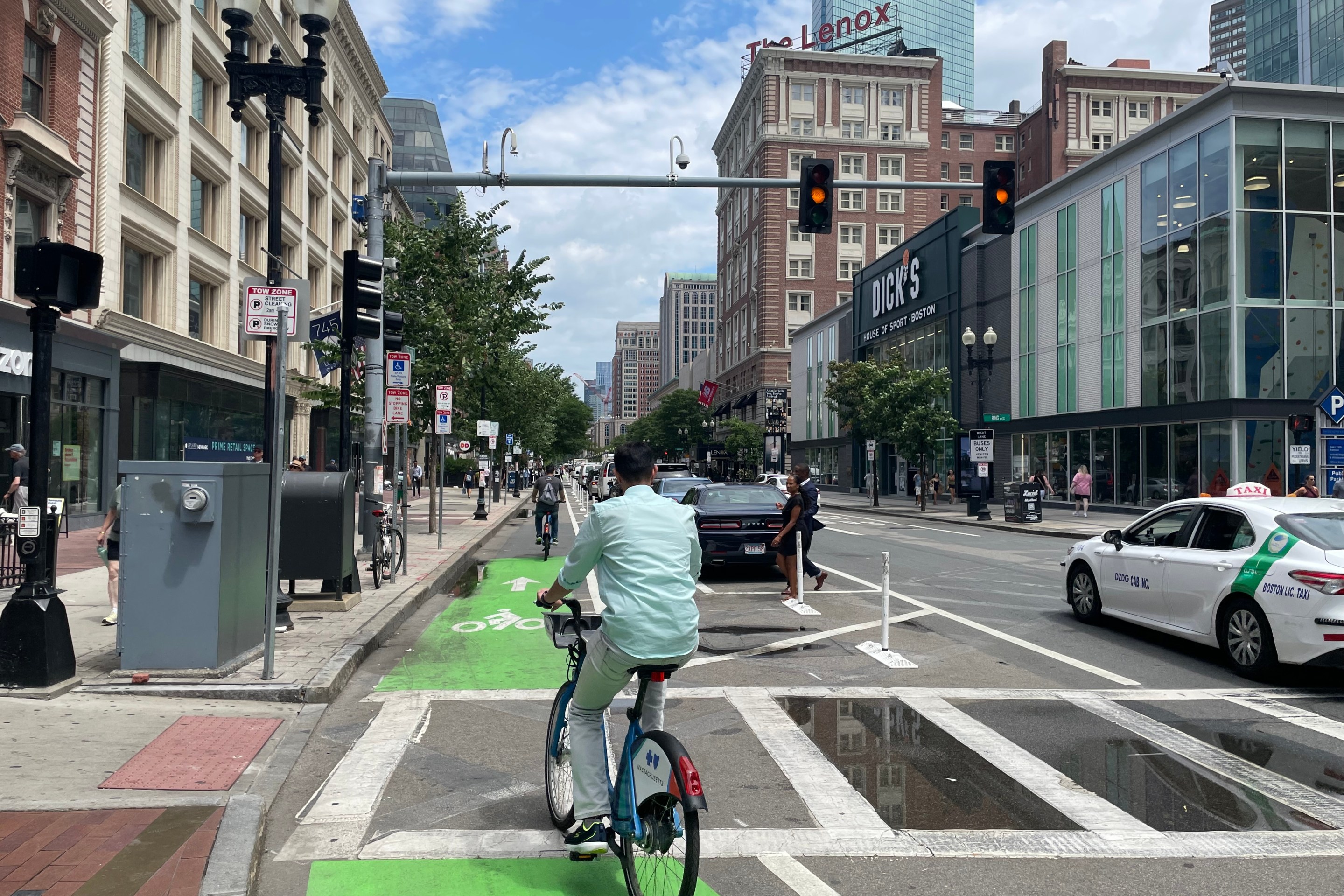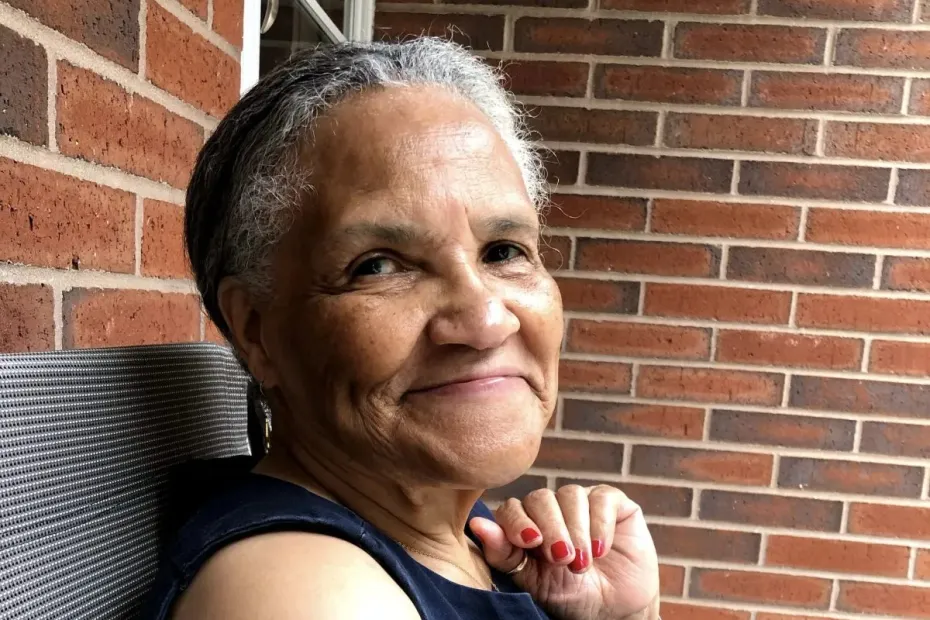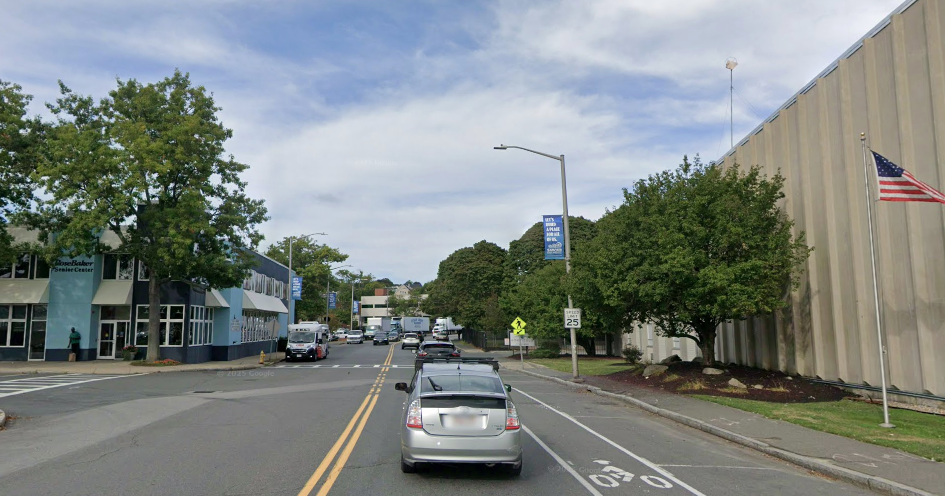Following the historic opening of the South Coast Rail line connecting New Bedford and Fall River to downtown Boston, Massachusetts is looking to build out another lifeline of connectivity for its residents.
Just two weeks ago, the Massachusetts Department of Transportation (MassDOT) awarded $1.2 million dollars to various recipients via its Rural Intercity Bus Connections program to “enhance accessibility and connectivity for residents in rural communities who depend on intercity bus services for essential travel to larger urban hubs.”
Greyhound Lines, Inc. will receive $431,430 to enhance their Boston to Albany route and another $218,561 to put towards their Springfield to Boston route.
Peter Pan Bus Lines will have $563,659 to fund their Hyannis to Provincetown route.
The Pioneer Valley Transit Authority (PVTA) will be granted $49,980 to fund their Amherst to Worcester route.
These grants are building upon the nearly $7 million dollars awarded to initiatives through the Commonwealth's Rural Intercity Bus Connections program since 2016.
To receive funding, applicants had the option to select a route from the Regional Bus Network Assessment, apply to address a previously funded route, or propose an entirely new route. The report looks at intercity and commuter bus services, which areas have strong connectivity, and which may benefit from funding, like through the Rural Intercity Bus Connections Program.
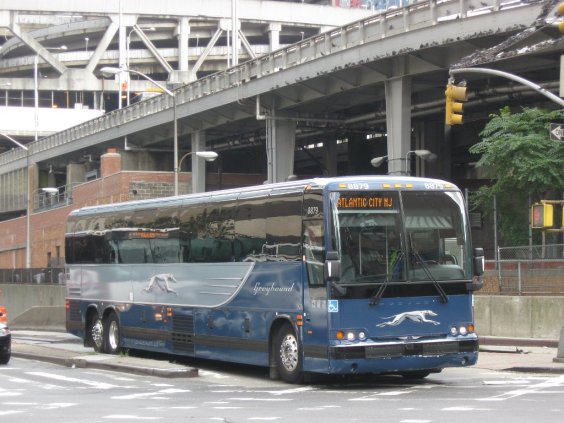
Identifying the Gaps
The Regional Bus Network Assessment report, developed by MassDOT’s Rail and Transit Division (RTD) and Office of Transportation Planning (OTP) in September 2024, provides standards to develop intercity bus service. Those standards require:
- That a route allows a passenger to reach Boston or New York City with no more than one transfer,
- That riders are able to take a day trip and spend at least five hours at their destination, and
- Daily service with at least one round trip a day, or more for higher-demand destinations.
Using the four metrics of high population density, transit-dependent population, major trip generators (places to eat, run errands, go to school or work, shop, socialize, or engage in recreation), and proximity to major job centers, the report flagged neighborhoods across Massachusetts with unmet transit needs.
Of the 153 Massachusetts towns that have at least one flagged neighborhood, less than half of them were within a half mile of a bus stop, highlighting that many residents, particularly those who depend on public transportation, do not have access to reliable transit connecting them to their livelihoods.
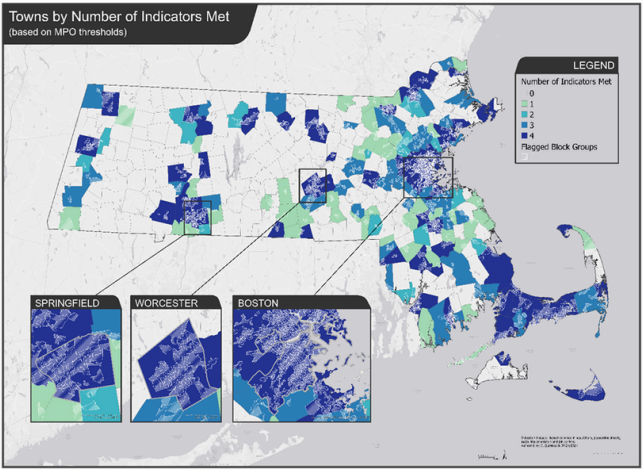
The report highlights a clear trend, that residents in rural areas in Western Mass are isolated from intercity connectivity, seasonal hubs like Cape Cod struggle with achieving year-round service despite the high summer demand, and suburbs at the edges of the MBTA service area have inadequate bus service for their growing populations.
For example, suburban Billerica demonstrates a need due to its relatively high population density. Dedham, just at the edge of the MBTA service area, shows gaps in serving transit-dependent populations. Cape towns like Mashpee, Dennis, Sandwich, Yarmouth, Bourne and Brewster have high activity (especially in the summer months) but don’t have the transit to sustain it. Holyoke, notable for its manufacturing industry, needs better connections to job centers.
Stakeholders Weigh In
Stakeholders are working on solutions. For example, the Berkshire Regional Transit Authority (BRTA), Franklin Regional Transit Authority (FRTA), and Pioneer Valley Transit Authority (PVTA) are working together to introduce new connective service between rural communities.
MeVa is advocating for stronger coordination between RTAs and the MBTA regional rail system. MeVa also advocated for restructured commuter rail fares to avoid unnecessary competition between buses and trains, and for commuter rail trips that begin or end within an RTA service district to be fare-free.
The full lists of the stakeholders, their requested routes, proposed modifications, and municipalities they would service can be found in the report.
The Northern Middlesex Council of Governments (NMCOG) emphasizes that transit should be faster than walking, encouraging the idea of transit as a “pedestrian accelerator”. Yet, some trips, like the “unacceptable” commute between South Lowell to downtown Lowell, take longer by bus at 45 minutes, compared to a 42-minute walk.
Paths to Transportation Equity
The report shows how the landscape has changed over time, with a number of municipalities losing service over the years. This has had the most profound impact on western Massachusetts and the Cape, home to some of the state’s most rural populations.
However, the hope is that grants through programs like the Rural Intercity Funding program, the Congestion Mitigation and Air Quality program, Community Transit Grant program will facilitate previous if not better levels of intercity bus service, frequency, and connectivity to make this kind of travel not only possible, but comfortable and accessible.
The enhancement of the routes receiving funding through the Rural Intercity Funding program is a critical step to advancing transportation and environmental justice in rural Massachusetts. Investing in equitable and accessible transit options will move the state closer towards a future where everyone has the mobility needed to thrive, no matter their location.
